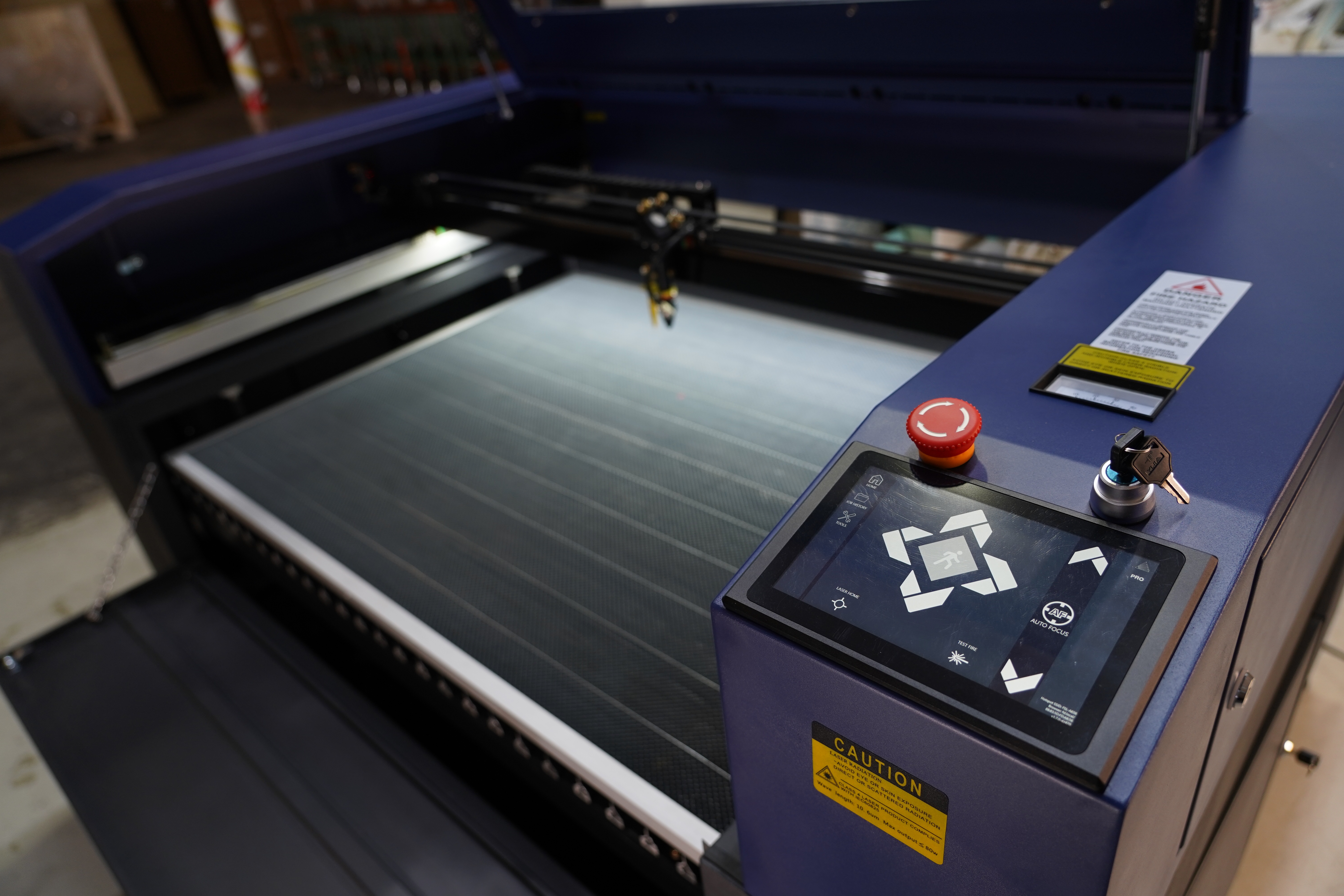A Clear Look at Focus Lenses for Laser Cutters
Explore Your Financing Options For Laser Cutters
Using the Trace Feature on Your Muse Hobby Laser
Having a camera on your Muse is great for aligning your projects, but did you know you can use the camera to scan on your RetinaEngrave 3 software and trace hand drawn images? We’ve made a step-by-step video to show you how!
Materials Banned From Laser Cutting
This is part of series of blogs I will be posting on materials suitable for laser cutting and engraving. FOr this chapter, we will identify materials that should NEVER be cut with a laser.
Before you attempt to laser cut any material, you need to know exactly what it is and how it will react to a laser. Some materials, when heated, vaporize into gases that are highly toxic to humans or highly corrosive to the components of the machine. At best, using a banned material can ruin your machine; at worst, it can seriously harm the operator or those nearby.
|
NEVER GUESS IF A MATERIAL IS SUITABLE FOR A LASER Always check with the materials supplier, or check MSDSonline, to see if a material is suitable for laser cutting. In all cases, MSDS (Material Safety Data Sheet) is the authority on material properties and supersedes this blog. |
| SAFETY FIRST
Even with a quality exhaust system, some smoke, vapor or particles will escape from the laser system. It is NEVER acceptable to use banned material even with additional safety precautions, such as air filtered masks. |
The following materials are BANNED from use in a laser cutter, with no exceptions.
ALL MATERIALS CONTAINING CHLORINE
Many common products produce chlorine fumes when touched with a laser. The following slideshow lists materials that are banned from laser cutting.
Results May Vary: Why You Should Do Material Tests
One of the most common questions we are asked is, “What should my laser settings be?”. Our answer is usually to tell the operator to begin a materials test log and slowly hone in on the setting that works best for them. While we could give setting suggestions for various materials, we have found many factors can affect proper settings outside of the laser itself. The truth is, two people could be cutting the same type and size of material and require different settings. Here are some things to consider when looking for standardized laser settings:


